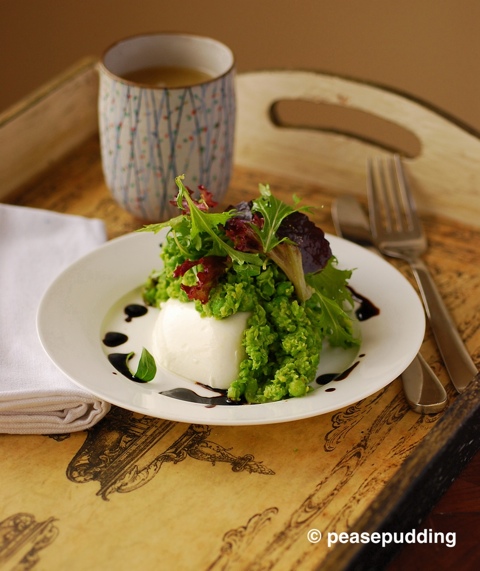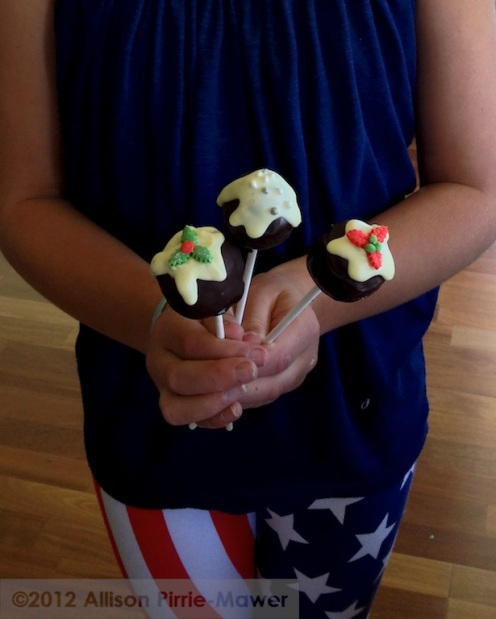Homemade Mozzarella & Slow Food Waitakere Group
A Sunday doesn’t get much better than having a group of foodies over for a mozzarella making workshop at the Gourmet Gannet. Making Mozzarella is fun at the best of times but that increased ten fold with the bunch from the Slow Food Waitakere group. For those local to Auckland and interested in locally produced food its a great group to get involved in, our next outing we will be visiting Kazuyo and Eri (Eri is a Japanese chef) and the menu is based on Japanese high Cuisine as make in Nara.
So how do you top a fun morning making mozzarella? Well you all pop along to the newly opened Tasting Shed on State Highway 16 for leisurely lunch. There we enjoyed dishes such as rolled pigs head, braised lambs neck on a bean puree, roasted quail, cauliflower fritters with cauliflower a la Greque and for those of us who had a sweet tooth a churros con Chocolat and a citrus rice with brûlée crisp top. I’m glad it’s my local since there is so many dishes I would like to try.
Here’s the recipe for mozzarella in one hour. The key is to use pasteurized milk, it doesn’t work with ultra pasteurized or homogenized.
Ingredients
makes 3 medium balls
2 litre milk
1 tsp citric acid
½ tsp salt
½ tsp rennet (Renco brand from supermarkets) or 1/4 Mad Millie Vegetarian tablet
1ml calcium chloride
Method
1. In a pan add;
2 litres full cream milk (Meadowfresh farmhouse, A2, NOT homogenized)
½ tsp salt (not iodized salt)
1ml calcium chloride
1tsp citric acid (dilute with 1 tsp water)
2. Gently heat to 32C, use a water bath if you are not confident with the milk.
3. Add;
½ tsp rennet or 1/4 tablet of veg rennet (diluted with 1tbsp water)
4. Stir well and leave for 20 minutes to allow curds to form.
5. Cut curds into 1 cm cubes with a knife.
6. Heat gently to 41C slowly forming the curd into a ball with a slotted spoon. This should gradually come together into a ‘milk brain’ shape. Do not force or squeeze the curd together. Do not over heat. Remove from heat.
7. In a small pan heat some sterilized water to 70C.
8. Place a ball of curd into the hot water (inside a sieve for ease of lifting out) to cook & stretch the curd. Roll around with a wooden spoon. It should start to become stretchy/sticky.
9. Take the ball out of the hot water and stretch (do not pull, let gravity do the work) then fold, then shape into a ball shape.
10. Plunge into a bowl of ice cold water. This helps cool the cheese quickly and retain its shape.
11. Eat immediately or it can be retained in the fridge in a sealed container for a few days only. Remember, it has no preservatives!
(note; To acidic will be too stretchy. Not enough acid, will snap so use exact citric acid offered)























